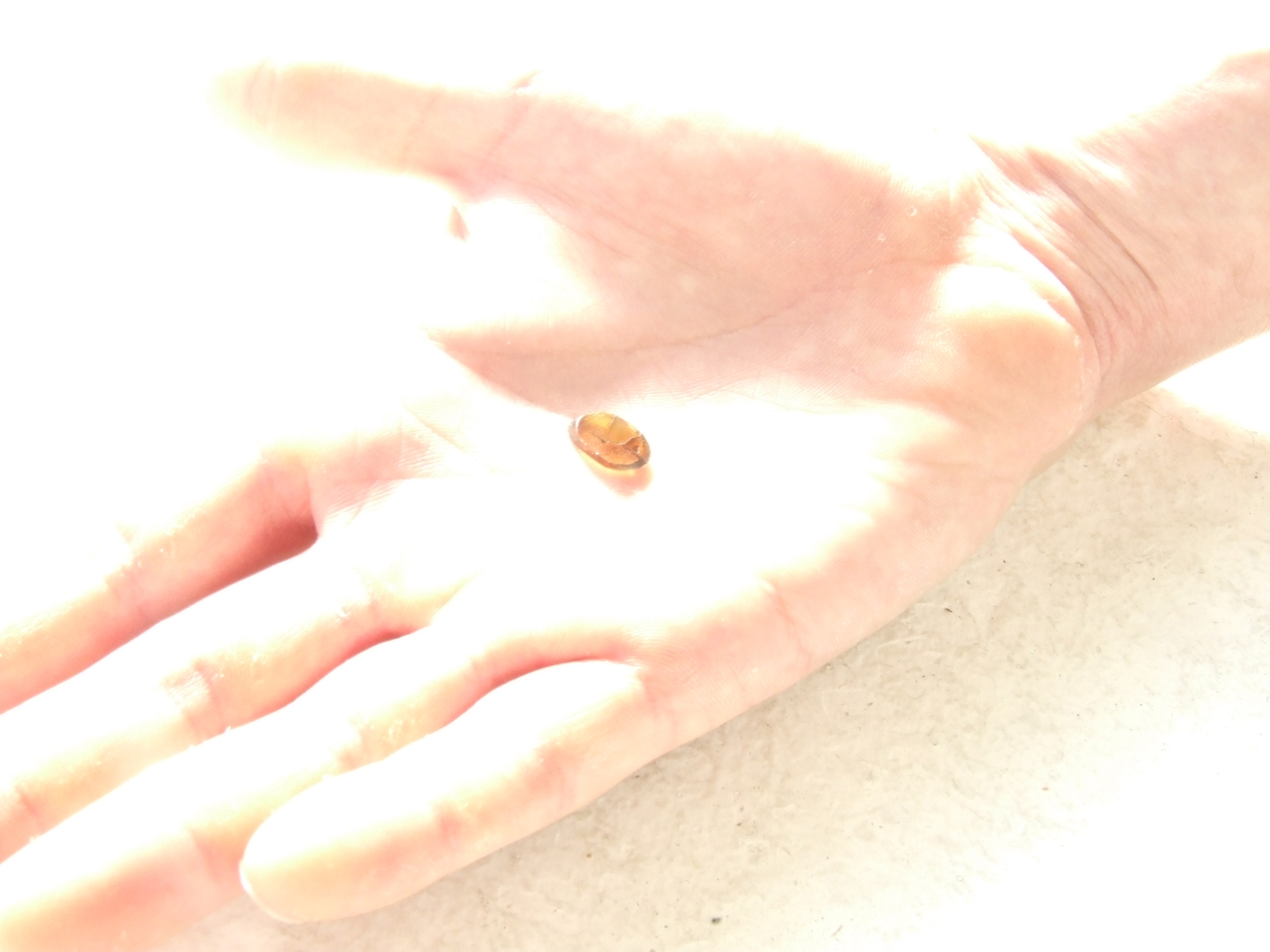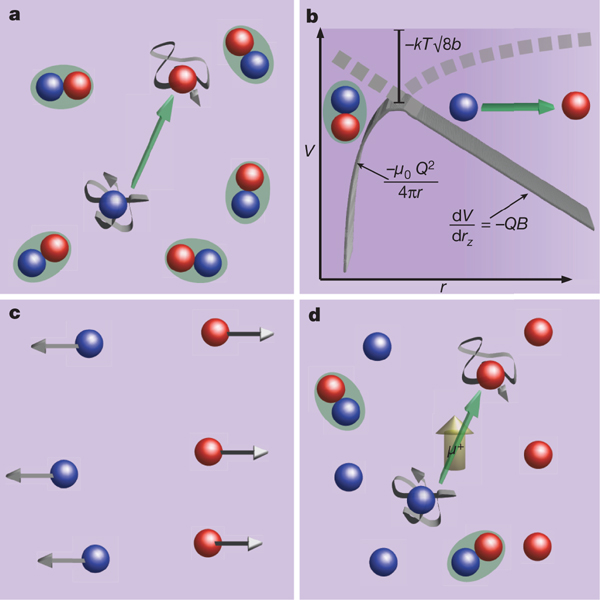Scientists from ISIS and the London Centre for Nanotechnology (LCN) have dusted off a 1930s theory of electrochemistry and applied it to demonstrate that in some materials there is a magnetic equivalent of electricity.
The research, published in Nature, proves the existence of atom-sized ‘magnetic charges’ that behave and interact just like more familiar electric charges. It also demonstrates a perfect symmetry between electricity and magnetism – a phenomenon dubbed ‘magnetricity' by authors Sean Giblin here at the Science and Technology Facility Council’s ISIS Neutron and Muon Source and Professor Steve Bramwell from the LCN at University College London..
"It’s not often in physics you get the chance to ask 'How do you measure something?' and then go on to prove a theory unequivocally. This is a very important step to establish that magnetic charge can flow like electric charge. It’s early stages but who knows what the applications of magnetricity could be in 100 years time," said Professor Steve Bramwell,
In order to prove experimentally the existence of magnetic current for the first time, the team mapped Onsager's 1934 theory of the movement of ions in water onto magnetic currents in a material called spin ice. They then tested the theory by applying a magnetic field to a spin ice sample at very low temperature and observed the process using muons at ISIS.

Magnetic charges and currents have been measured using muon spectroscopy inside amber-coloured crystals of spin ice Dy2Ti2O7.
View full-size image
The experiment allowed the team to detect magnetic charges in the spin ice Dy2Ti2O7, to measure their currents, and to determine the elementary unit of the magnetic charge in the material. The magnetic charges they observe arise as disturbances of the magnetic state of the spin ice and can only exist inside the material.
Dr Sean Giblin, instrument scientist at ISIS and co-author of the paper said: “The results are astounding. Using muons at ISIS we are finally able to confirm that magnetic charge really is conducted through certain materials at certain temperatures – just like the way ions conduct electricity in water.”
Professor Keith Mason, Chief Executive of STFC said that the unequivocal proof that magnetic charge is conducted in spin ice added significantly to our understanding of electromagnetism.
“Whilst we will have to wait to see what applications magnetricity will find in technology, this research shows that curiosity driven research will always have the potential to make an impact on the way we live and work. Advanced materials research depends greatly on having access to central research labs like ISIS, allowing the UK science community to flourish and make exciting discoveries like this,” he said.

How magnetricity works in spin ice Dy2Ti2O7: (a) In zero field, magnetic charges occur as bound pairs, but some dissociate to give a fluctuating magnetic moment (green arrow). (b) The field energy competes with the Coulomb potential to lower the activation barrier to dissociation. (c) Applying a transverse field causes dissociation as charges are accelerated by the field. (d) In the applied field, these charges remain dissociated while more bound pairs form to restore equilibrium. Magnetic moment fluctuations due to free charges produce local fields that are detected by implanted muons (+).
View full-size image
Sean Giblin (ISIS), Professor Steve Bramwell (London Centre for Nanotechnology, UCL)
Research date: October 2009
Further Information
Results are published in the 15 October 2009 edition of the journal Nature.
Measurement of the charge and current of magnetic monopoles in spin ice
Nature 461, 956 (2009)
S. T. Bramwell1*, S. R. Giblin2*, S. Calder1, R. Aldus1, D. Prabhakaran3 and T. Fennell4
1. London Centre for Nanotechnology and Department of Physics and Astronomy, University College London, 17-19 Gordon Street, London, WC1H OAH, U.K.
2. ISIS, Science and Technology Facilities Council, Rutherford Appleton Laboratory, Didcot OX11 0QX, U.K.
3. Clarendon Laboratory, Oxford Physics, Park Road, Oxford, U.K.
4. Institut Laue-Langevin, 6 rue Jules Horowitz, 38042 Grenoble, France.
